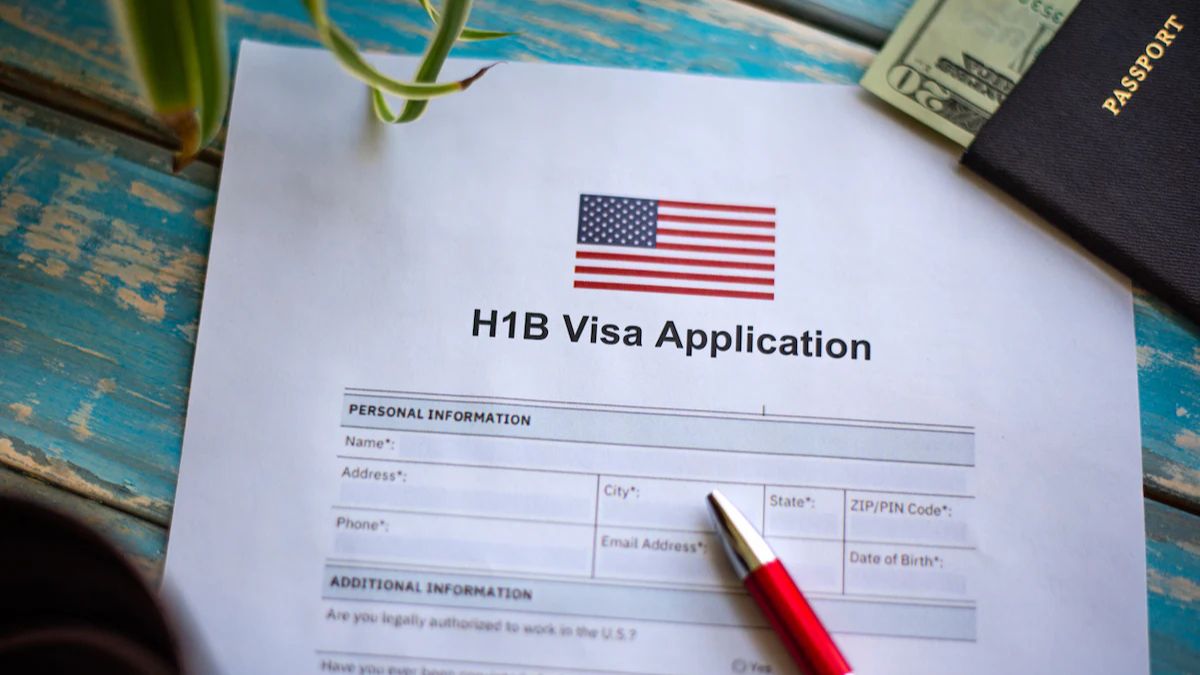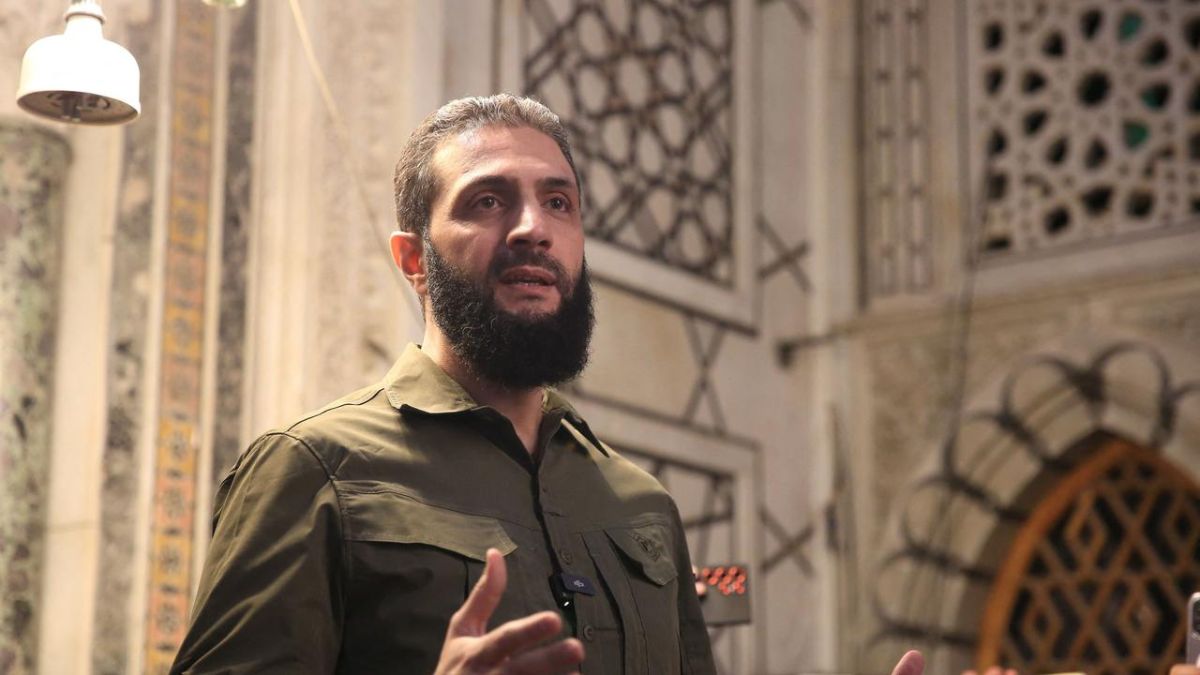A proposed U.S. bill threatens to dismantle the OPT work visa program, disrupting the academic-to-employment pipeline for over 97,000 Indian students. Find out what this means for international graduates and how to prepare for the storm. This analysis explores the policy’s far-reaching implications and the evolving immigration landscape.
A Critical Juncture for Indian Talent in America
The United States, long viewed as the global epicenter of higher education and innovation, is at a crossroads. A newly introduced bill in the U.S. Congress seeks to dismantle the Optional Practical Training (OPT) program a crucial post-graduate work authorization mechanism used by over 97,000 Indian students in the 2023–2024 academic year.
For Indian nationals, who now comprise the largest international student demographic in the U.S., this move presents not just a bureaucratic challenge but a potential existential crisis for their American dream.
What Is OPT and Why Is It Critical?
OPT allows international students on F-1 visas to work in the United States for up to 12 months post-graduation. For those in STEM fields, this can be extended by an additional 24 months, creating a three-year bridge to longer-term work visas such as the H-1B.
This period is not merely transitional. For many, it is:
A proving ground to gain U.S. work experience.
A strategic asset to build credibility with potential H-1B sponsors.
A financial imperative to begin repaying educational debt, which often exceeds $50,000–$100,000 for graduate-level Indian students.
The sudden removal of this pathway would unravel years of financial planning, academic ambition, and professional groundwork.
The Legislative Context: Policy in an Election Year
The introduction of this bill does not exist in isolation. It aligns with a broader trend of nationalistic immigration rhetoric, particularly as the United States gears up for a pivotal 2024 election.
Key policy markers include:
Donald Trump’s campaign stance, which includes mass deportations and tighter visa controls.
Growing bipartisan scrutiny of work visa programs, often under the guise of “protecting American jobs.”
Rising economic anxieties post-COVID, which have revived narratives that pit immigration against domestic employment.
This is not the first legislative attack on OPT. The program has weathered multiple attempts over the past decade, but the current environment defined by political polarization and economic protectionism gives this latest bill more traction.
Socioeconomic Fallout
Impact on Students
Immediate status risk: Without OPT, F-1 visa holders would need to leave the U.S. within 60 days of graduation unless they can secure an H-1B or gain admission into another academic program.
Career derailment: Loss of U.S.-based internships and work experience would reduce competitiveness in global job markets.
Financial insecurity: Many Indian students take out high-interest loans to fund their education. The inability to earn in U.S. dollars significantly weakens their repayment capability.
Impact on Universities
A significant drop in Indian enrollment could follow, particularly in STEM and business programs where ROI is tightly linked to U.S. job prospects.
Institutions like Cornell, Columbia, and Yale have already started cautioning students against international travel, reflecting the gravity of the situation.
Loss of Indian students could jeopardize university budgets — international students often pay full tuition and contribute significantly to university research and cultural diversity.
Impact on the U.S. Economy
According to NAFSA, international students contributed $40.1 billion to the U.S. economy in 2023. Indian students are a significant component of this economic engine, not just through tuition but through:
Rent and local spending
Innovation and research contributions
Long-term talent development in STEM and healthcare sectors
Curtailing OPT could push students to Canada, Australia, Germany, and the UK, countries aggressively competing for global talent with more stable post-study work policies.
Strategic Outlook: Navigating Uncertainty
Fast-Tracking to H-1B
Students currently on OPT should:
Apply immediately for H-1B through the USCIS lottery system.
Seek employment with cap-exempt employers (such as universities or non-profits) who are not bound by the annual cap.
Exploring Alternative Destinations
Canada’s PGWP, Australia’s Temporary Graduate Visa, and the UK’s Graduate Route Visa offer more predictable paths to work after study.
These countries also offer clearer residency transitions, increasingly seen as an edge over the volatile U.S. visa climate.
Legal and Institutional Support
Seek guidance from your university’s Designated School Officials (DSOs) and consult with immigration attorneys to explore transition pathways such as:
Change of status to H-4 or L-2 (if applicable)
Enrollment in a higher degree program for F-1 renewal
Employment with a cap-exempt H-1B sponsor
Expert Perspective: “It’s a Moment of Reckoning”
Poorvi Chothani, a veteran immigration lawyer and founder of LawQuest, warns:
“If the bill goes through, OPT could end abruptly without an option to transition to another work visa. Students may have to leave the U.S. immediately. It would be prudent to prepare now.”
She adds that Indian students are particularly vulnerable due to the sheer number involved, and because their decision to study in the U.S. is highly ROI-driven. Without a work opportunity post-study, the entire value proposition is undermined.
A Shifting Paradigm for Global Talent Mobility
The potential dismantling of OPT is more than a legislative amendment it represents a paradigm shift in how the U.S. treats international talent. If enacted, this bill could diminish America’s reputation as the world’s premier destination for higher education and innovation.
For Indian students and by extension, U.S. institutions and industries this is a moment that demands vigilance, adaptability, and strategic foresight.



